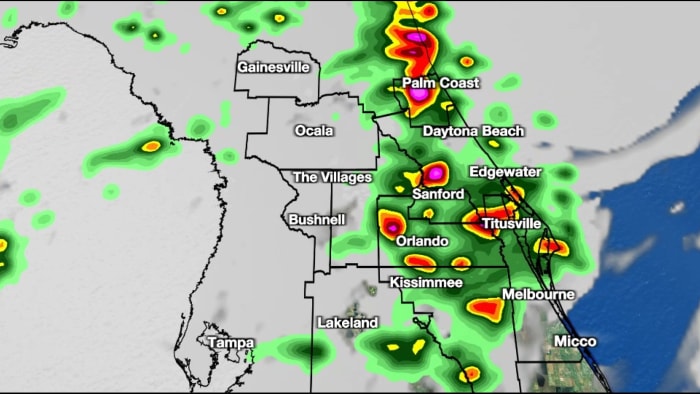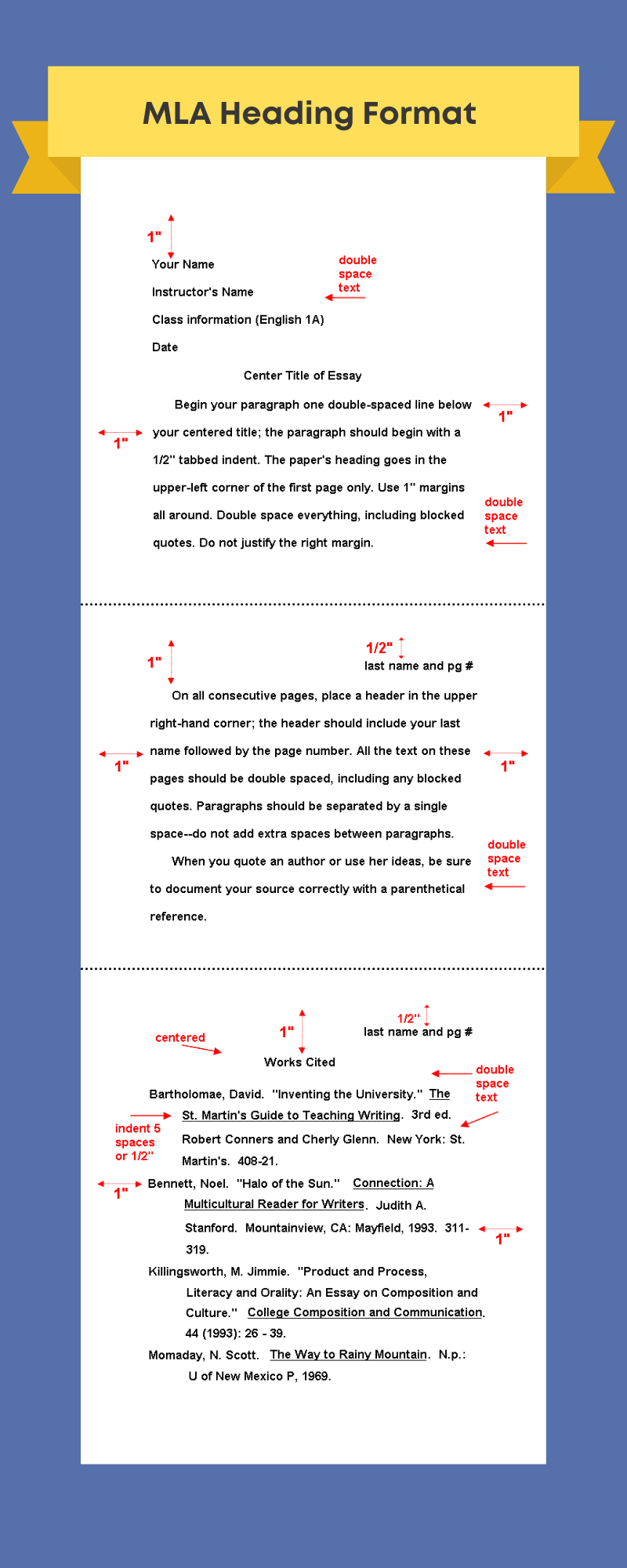Tropical Storm Name: Next Storm Alert & Updates

Tropical storms are powerful and destructive weather phenomena that form over the warm waters of the Atlantic Ocean, Caribbean Sea, and Gulf of Mexico. These storms are fueled by the heat and moisture from the ocean, and can bring catastrophic winds, rainfall, and storm surges to coastal communities. As the next storm alert is issued, it is essential to stay informed and up-to-date on the latest updates and developments.
Understanding Tropical Storms

Tropical storms are classified as tropical cyclones with maximum sustained winds of 39-73 mph. These storms can bring significant damage and disruption to daily life, and can even develop into more powerful hurricanes if conditions are favorable. The National Hurricane Center (NHC) is responsible for monitoring and predicting the formation and track of tropical storms, and provides critical updates and warnings to the public.
Tropical Storm Formation
Tropical storms form when a combination of atmospheric and oceanic conditions come together, including warm sea surface temperatures, moist air, and low pressure. The process of formation typically involves the development of a tropical disturbance, which can then strengthen into a tropical depression and eventually a tropical storm. The NHC uses a variety of tools and techniques, including satellite imagery and computer models, to monitor the formation and development of tropical storms.
| Tropical Storm Category | Wind Speed | Damage Potential |
|---|---|---|
| Tropical Storm | 39-73 mph | Some damage to trees and power lines, minimal damage to buildings |
| Hurricane (Category 1) | 74-95 mph | Some roofing damage, some power outages |
| Hurricane (Category 2) | 96-110 mph | Extensive roofing damage, significant power outages |

Next Storm Alert: Updates and Developments

As the next storm alert is issued, it is essential to stay up-to-date on the latest updates and developments. The NHC provides regular updates on the storm’s track, intensity, and potential impact, and it is crucial to follow these updates closely. Additionally, emergency management officials may issue evacuation orders or other instructions, and it is essential to follow these instructions to ensure safety.
Storm Surge and Flooding
Tropical storms can bring significant storm surges and flooding, particularly in coastal areas. Storm surge refers to the rise in sea level due to the storm, and can cause catastrophic damage and flooding. It is essential to be aware of the potential for storm surge and flooding, and to take necessary precautions to ensure safety.
In addition to storm surge and flooding, tropical storms can also bring significant wind damage and power outages. It is essential to be prepared for these potential impacts, and to have a plan in place in case of an emergency.
What is the difference between a tropical storm and a hurricane?
+
A tropical storm is a tropical cyclone with maximum sustained winds of 39-73 mph, while a hurricane is a tropical cyclone with maximum sustained winds of 74 mph or higher.
How can I prepare for a tropical storm?
+
It is essential to stay informed and up-to-date on the latest updates and developments, and to follow evacuation orders and other instructions from emergency management officials. Additionally, it is crucial to have a plan in place in case of an emergency, and to stock up on supplies such as food, water, and batteries.
What is the storm surge and how can it affect me?
+
Storm surge refers to the rise in sea level due to the storm, and can cause catastrophic damage and flooding. It is essential to be aware of the potential for storm surge and flooding, and to take necessary precautions to ensure safety.


